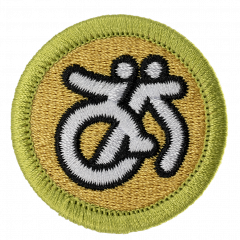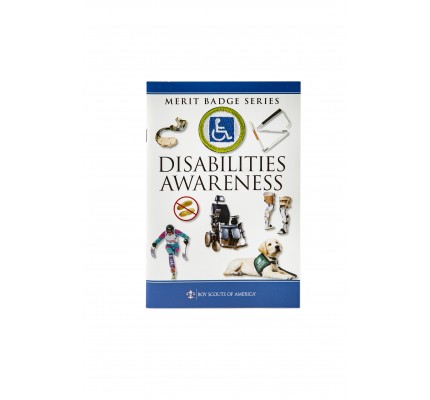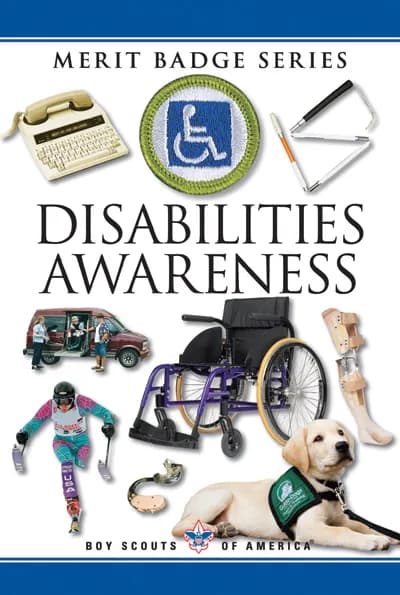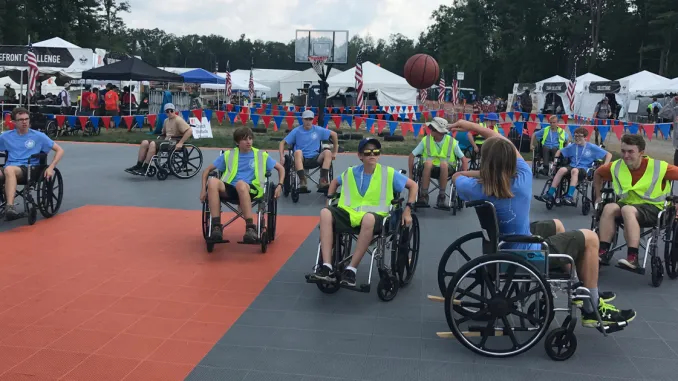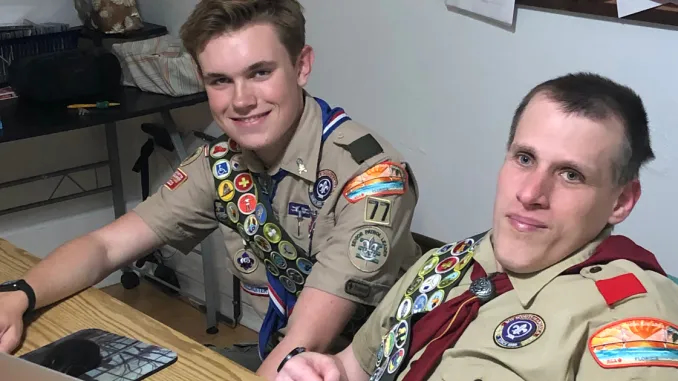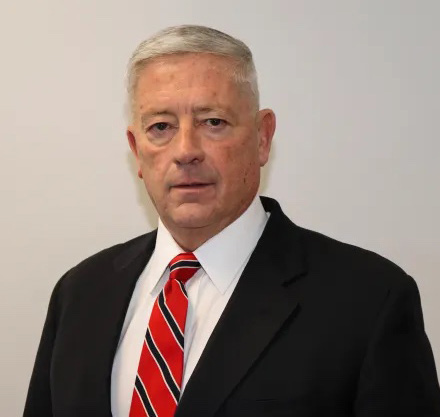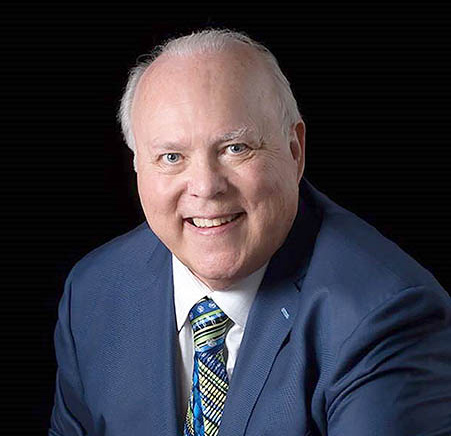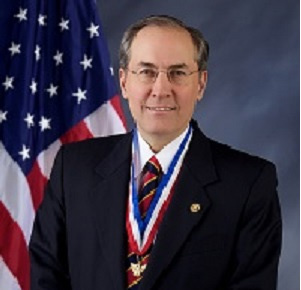
SCOUTING OFFERS 134-PLUS merit badges, and almost all of them focus on enhancing a Scout’s knowledge and abilities. One badge is different: Disabilities Awareness. MeritBadgeClinicDisabilitiesAwareness “This badge teaches you to place yourself in the shoes of someone else,” says merit badge counselor John Krejcha of Vancouver, Wash. “It’s unique.” It’s also important, given that one in five Americans reports having a disability, according to the U.S. Census Bureau. Krejcha doesn’t focus on statistics when he teaches the badge, though. He focuses on people. By talking about famous people who haven’t let their disabilities define them, he helps Scouts see the person — not the wheelchair or the hearing aid or the behavior. “The first person I use is James West, the first chief executive of the BSA, who was disabled [with one leg shorter than the other],” he says. “That ties Scouting directly to a disability.” Ron Luke of Austin, Texas, makes an even tighter connection. For the past two years, Luke, who chairs the advancement committee for the Capitol Area Council’s Armadillo District, has coordinated annual Disabilities Awareness clinics. One of the presenters is a Scout who has cerebral palsy — along with about 80 merit badges. “That’s a very good experience for them,” Luke says. “They seem to get it.” They also get Requirement 3a (“Talk to a Scout who has a disability …”) signed off. Luke holds the clinics at the headquarters of Easter Seals Central Texas, and Easter Seals staff members and volunteers do all the teaching. “Because of that, we have all of the adaptive technology and are able to put on some experiences for the Scouts, such as navigating in a wheelchair and using distorted-vision glasses to give them some ability to relate, however superficially, to problems that people with disabilities have,” he says. Partnering with Easter Seals also helps Scouts complete part of Requirement 7 (“Name five professions that provide services to people with disabilities”) because the teachers include physical therapists, audiologists, social workers and other professionals. “The quality of instruction goes up when the kids are meeting these professionals,” Luke says. “It’s not just a mom or a dad in the troop who’s willing to come in and give a talk.” Of course, giving talks represents just a small part of teaching Disabilities Awareness. Most of the badge involves performing activities, not just learning facts. “We’ve organized it so they move around,” he says. “They’re not sitting in a chair for six hours, and they seem to focus pretty well.” One requirement Scouts must complete outside a class or clinic, Requirement 4, involves noting the accessibility for people with disabilities of two sites (options include a school, a place of worship, a Scout camping site, or a public exhibit or attraction). Krejcha prefers teaching the badge just before his district’s spring camporee so Scouts can work on the Scout camping site option there. “It’s amazing what the kids come up with: ‘This trail needs to be better’ or ‘Maybe they could provide better signage for people who are blind,’ ” he says. One Scout had a different idea: He persuaded his mom to take him to a movie so he could evaluate the theater for accessibility. The Scout came away impressed with the theater’s accommodations, from wheelchair-level countertops at the snack bar to quarterly sensory-friendly movie screenings for kids with autism (during which they turn up the lights and turn down the sound). That Scout also came away with an increased awareness of accessibility issues. Two months after he completed the badge, he approached Krejcha on a campout with ideas about how the camp could be made more accessible. Advocacy — turning ideas into action — might be the hardest part of the badge. Boys who’ve never advocated for themselves can have a hard time advocating for others, which they must do for Requirement 5. Krejcha says his Scouts usually choose option A and make a disabilities-awareness presentation to a Cub Scout pack or other group. Many of Luke’s participants, meanwhile, end up volunteering at Easter Seals (option B) because they’re already familiar with the facility and staff. Ultimately, though, the badge is about attitudes as much as action. If Scouts learn to see the person first and the disability second (if at all), they’ve earned far more than a merit badge.
